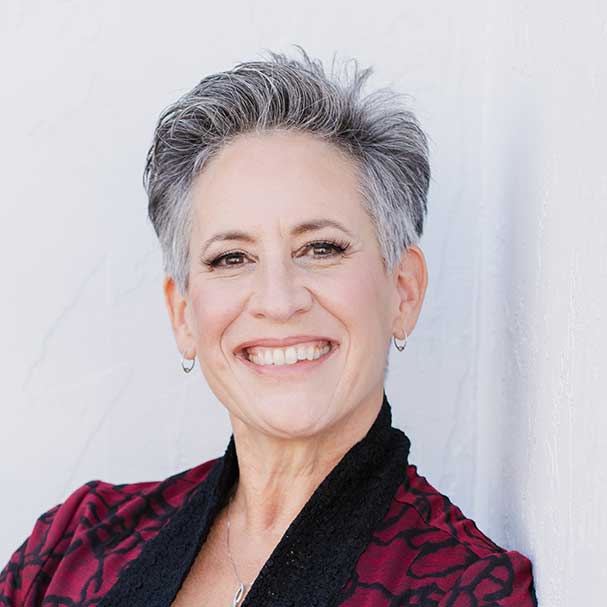


In our previous blog – The Human Factor in DEI Work – we explored the role of the workplace or organization in changing individual values when it comes to DEI. We believe organizations have an important role in providing opportunities for individuals to examine their opinions, attitudes, and feelings with the potential to change their values. This blog post explores what is known about successful strategies for encouraging DEI reflection and potentially changing hearts and minds.
Changing hearts and minds deals with the individual and interpersonal elements of workplace culture. In other words, changing individual biases, beliefs, attitudes, stereotypes and experience, and changing interpersonal practices, how people interact with, treat and view those around them. Of course, the individual and the interpersonal are highly interrelated. Thinking about another person differently will change how we treat them. Conversely, positive interactions with someone can change the way we think about them and the group or groups they represent.
In considering where to begin, this Harvard Business Review article on promoting racial equity suggests
a highly logical, sequential approach – PRESS:
This model has the beauty of moving from basic awareness to introspection, to empathic connection and finally, to strategy and ultimately to commitment of resources. It also represents a useful diagnostic for understanding potential holes in an organizational DEI culture change plan. To dig deeper, how does one actually bring about individual and interpersonal change, such as problem awareness, understanding, empathy? Based on a review of available evidence, here are some of the strategies that have shown success in changing hearts and minds:
What may be the single MOST important strategy for creating change and one that is foundational to all others is:
Finally, keep in mind that for real success, institutional supports – organizational commitments, leadership, programs and policies – also need to be in alignment with effort to change hearts and minds.